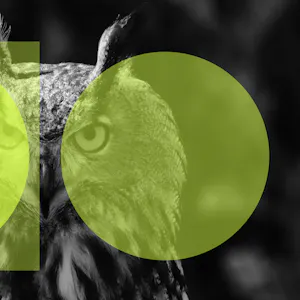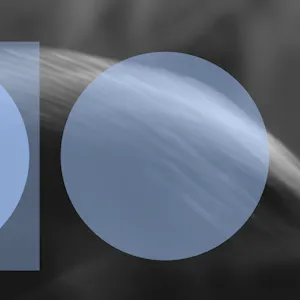Emerging threats

We support organisations striving to build a trustworthy, safe online environment where users can engage authentically in their communities.
Cross-sector corporatesWe support international government organisations and NGOs working to provide infrastructure or improve the capabilities, security and resilience of their nation.
International programmes and developmentWe support commercial organisations operating in a digital world, seeking to protect their reputation and prevent business disruption caused by cyber attacks and compliance breaches.
UK government and public sectorWe support UK government organisations responsible for safeguarding critical infrastructure, preserving public trust, and maintaining national security.



Responsibility for the tragedy at the al-Ahli hospital in Gaza remains unclear. Over the past day or so, mainstream news publications haveanalysed open-source data but have been unable to judge conclusively whether Palestinian militants or the Israeli Defence Forces (IDF) are to blame. However, examination of the blast site indicates damage is inconsistent with Israeli munitions, undermining initial claims by Palestinian authorities.
These judgements come too late. In the initial aftermath of the event, organisations such as the BBC and CNN all uncritically amplified claims that the IDF was clearly responsible for the blast. A BBC reporter stated that it was ‘difficult to see’ what else besides Israeli missiles could have caused the explosion. A judgement based on a video he then admitted was unverified.
These snap judgements represent a failure by legacy media institutions to rise above the currents of viral and partisan information circulating online around the Israel-Hamas conflict. FT journalist John Burn-Murdoch argued that this incident represents a need to better integrate OSINT knowledge into modern newsrooms. Nevertheless, this did not stop the BBC, which has its own BBC Verify team, from slipping up.
While Burn-Murdoch’s suggestions are useful, I think this incident also shows the struggle journalists face today managing velocity and veracity. The competition for attention between organisations and journalists means there is added pressure to be seen as the one ahead of events and the first to break a story, especially when narratives are developing so quickly on social media. Audiences also seek a clear-cut answer which can be hard to provide in such a noisy and heated online information environment.
Personally, I don’t entirely agree that mainstream media organisations are declining in relevance. Though we increasingly gravitate towards partisan news sources or influencers, there is still an assumption that legacy media organisations work to a higher journalistic standard, or at least are better resourced. This means their stories still carry an added level of authority and help shape “official narratives”. Legacy media organisations need to own this responsibility by resisting commercial pressures to cautiously establish the facts, even if this means they can’t provide definite answers right away.
More about Protection Group International's Digital Investigations
Our Digital Investigations Analysts combine modern exploitative technology with deep human analytical expertise that covers the social media platforms themselves and the behaviours and the intents of those who use them. Our experienced analyst team have a deep understanding of how various threat groups use social media and follow a three-pronged approach focused on content, behaviour and infrastructure to assess and substantiate threat landscapes.
Disclaimer: Protection Group International does not endorse any of the linked content.

At their core, artificial systems are a series of relationships between intelligence, truth, and decision making.

Feeding the name of a new criminal to the online OSINT community is like waving a red rag to a bull. There’s an immediate scramble to be the first to find every piece of information out there on the target, and present it back in a nice network graph (bonus points if you’re using your own network graph product and the whole thing is a thinly veiled advert for why your Ghunt code wrap with its purple-backlit-round-edged-dynamic-element CSS is better than everyone else’s).

There is a tendency to think that modern problems require modern solutions. Got a problem with AI-generated content? Your only hope is to build an AI-powered detection engine.